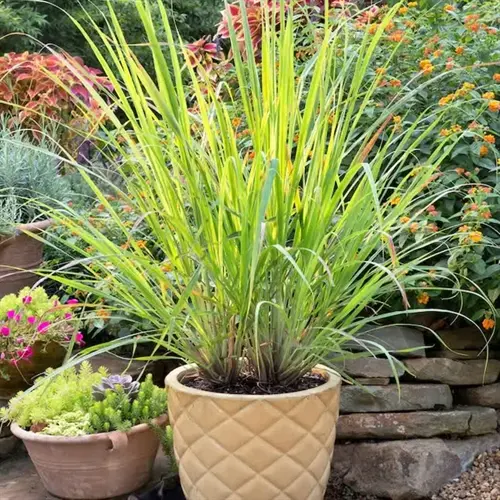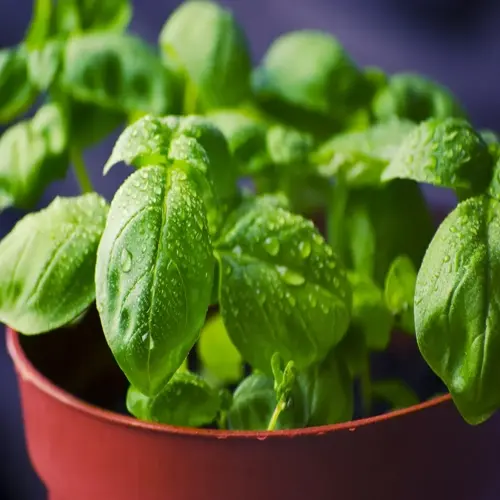What should not be planted near oregano?

Written by
Julia Anderson
Reviewed by
Prof. Martin Thorne, Ph.D.Companion planting with oregano requires careful analysis to avoid troublesome neighbors. While this Mediterranean herb does well with certain planting companions, it struggles with other nearly incompatible plants. Knowing which plant species compete for resources or support pests helps your oregano flourish. I've noticed significant variations in growth among my neighbors in the herb garden.
Water-Loving Plants
- Cucumbers and melons create overly moist soil conditions
- Excess moisture promotes root rot in oregano's dry soil preference
- Maintain 36-inch separation from heavy water consumers
Aggressive Spreaders
- Mint varieties compete aggressively for nutrients and space
- Underground runners invade oregano's root zone within weeks
- Plant mint in separate containers at least 5 feet away
Shade-Casting Vegetables
- Tomatoes and corn block essential sunlight below 6 hours daily
- Stunted growth occurs when shaded more than 4 hours per day
- Position oregano south of tall plants for sun access
Basil presents its own challenges as a companion plant, despite being another herb. Both species are hosts for spider mites and aphids that readily cross-infest. The need for differing watering also leads to competition for soil moisture. I have a 24-inch barrier of marigolds planted between basil and oregano to deter any insect pests.
Conflict in soil chemistry with acid-loving plants! Blueberries and azaleas require acidic soil with a pH of 5.5 or below. At the same time, oregano will flourish in neutral soil with a pH of 6.5-7.0. If both plants are grown together, the nutrient uptake of both is inhibited. Create either a separation of at least 10 feet or place those in raised beds with different types of soil.
Utilize smart solutions for effective companion planting. Use compatible herbs, such as thyme and sage, instead of incompatible ones. Apply physical barriers to separate aggressive plants using root guards. Rotate the planting spot every year to prevent disease accumulation in the soil.
Assess plants weekly for initial indicators of incompatibility. Yellowing of lower leaves indicates light competition, while hindered growth implies root competition. Pest swarms on neighboring plants should be reason enough to separate. Handling these problems as they arise will help protect the well-being and harvests of your oregano.
Read the full article: How to Grow Oregano Successfully

